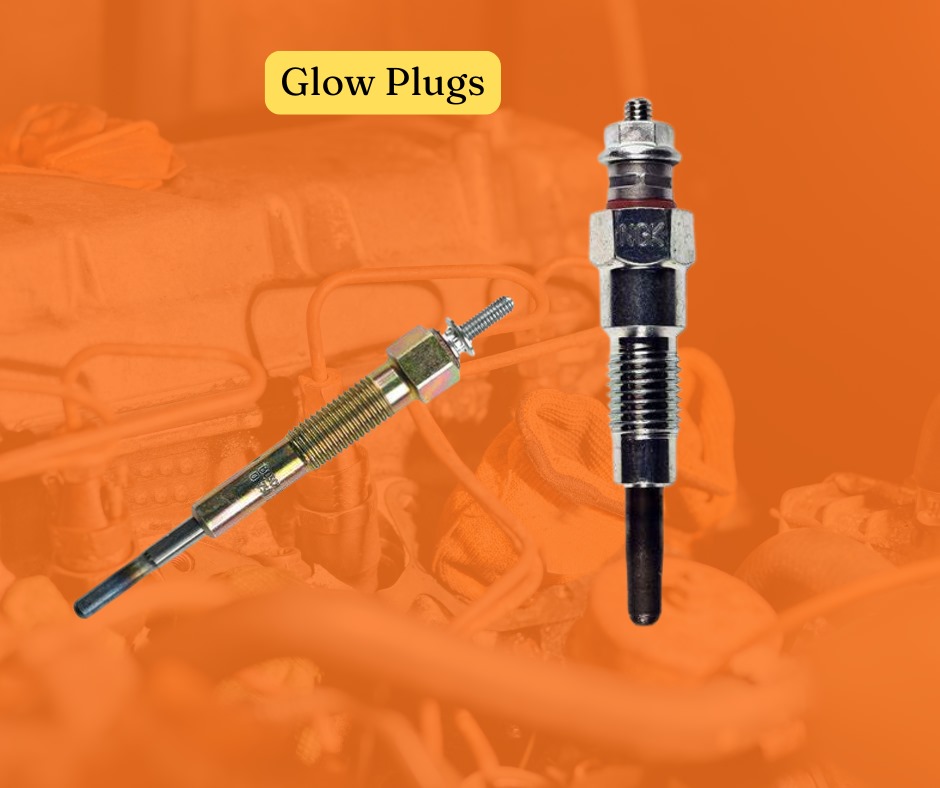Common Glow Plug Issues and Solutions

Unlock the secrets to maintaining your diesel engine's performance with our comprehensive guide on common glow plug issues and effective solutions.
Understanding Glow Plugs and Their Role in Diesel Engines
Glow plugs are essential components in diesel engines, acting as a heating element that aids in starting the engine, especially in cold weather. They work by glowing red-hot and providing the necessary heat to ignite the diesel fuel in the combustion chamber. Unlike gasoline engines that use spark plugs to ignite the fuel, diesel engines rely on compression and heat. Therefore, glow plugs are crucial for achieving the temperature required for combustion when the engine is cold.
A diesel engine's performance and efficiency are significantly influenced by the condition of its glow plugs. Understanding how they function and the signs of wear can prevent starting issues and ensure the longevity of the engine.
Identifying Common Glow Plug Problems
Several symptoms can indicate a problem with glow plugs. Difficulty starting the engine, more so in cold conditions, is a common sign. Additionally, if the engine misfires during startup or produces excessive smoke, this may also point to faulty glow plugs. An engine light on the dashboard can also signify an issue that a diagnostic tool would confirm. It's important to recognize these signs early to avoid further complications.
Another aspect to consider is the age of the glow plugs. Over time, glow plugs can wear out and lose their ability to heat up properly. Regular inspections can help identify any physical damage such as cracked or broken plugs that could lead to starting troubles or reduced engine performance.
Step-by-Step Diagnostic Techniques for Glow Plugs
Diagnosing glow plug issues begins with a visual inspection for any obvious signs of damage. Next, a multimeter can be used to check for continuity; a lack of continuity indicates a faulty glow plug. Resistance measurements can also reveal problems – a good glow plug typically shows low resistance. Additionally, specialized glow plug testers can apply voltage to test the plug's heating element directly.
For a more in-depth analysis, a scan tool can read the engine's computer for any codes related to the glow plugs. This tool provides accurate diagnostics and can pinpoint exactly which glow plug may be failing. Following these steps can help isolate and confirm any issues with the glow plugs.
Effective Solutions for Faulty Glow Plugs
Once a faulty glow plug is identified, the solution is typically straightforward: replace the glow plug with a new one. It's often recommended to replace all glow plugs at the same time for consistent performance. When replacing glow plugs, it's crucial to ensure they are compatible with the engine and are installed correctly to avoid cross-threading or over-tightening, which could damage the engine.
After replacing glow plugs, it's a good practice to clear any diagnostic codes and perform a test start. This ensures that the issue has been resolved and the engine starts smoothly. If problems persist, further investigation into the fuel, air induction, or compression systems may be necessary.
Preventative Maintenance Tips for Glow Plug Longevity
To extend the life of glow plugs and prevent future issues, regular maintenance is key. This includes monitoring start-up behaviors and keeping an eye out for warning signs of glow plug failure. Additionally, using high-quality diesel fuel and additives can help maintain clean combustion and reduce strain on the glow plugs.
It's also beneficial to have a professional diesel technician inspect the glow plugs during routine service intervals. This proactive approach can detect potential problems before they escalate and ensure that the glow plugs and diesel engine operate efficiently for as long as possible.

 Loading..
Loading..